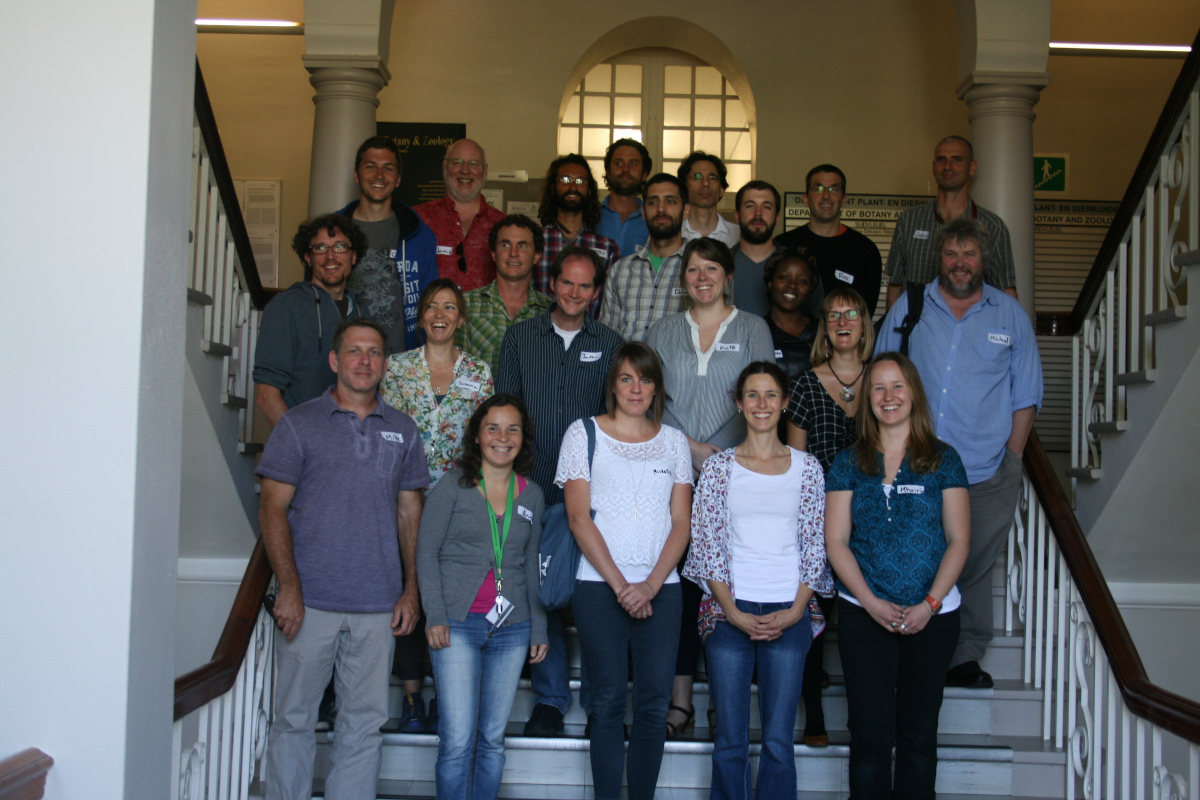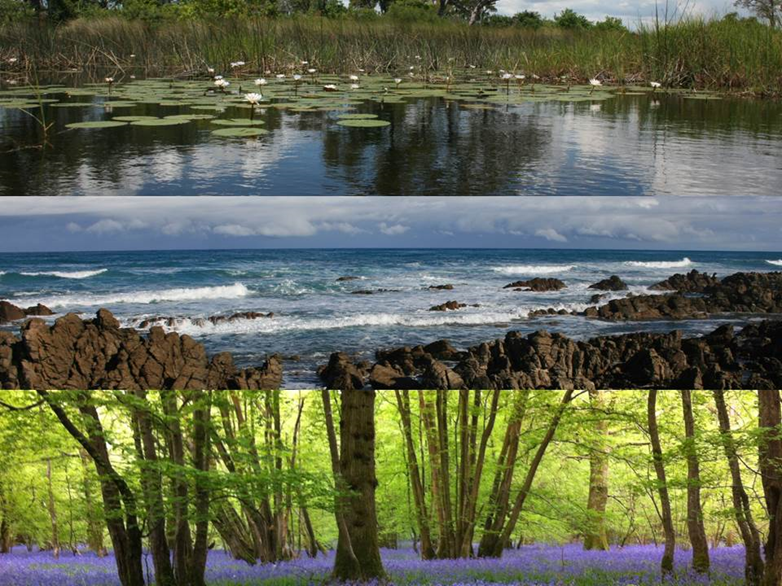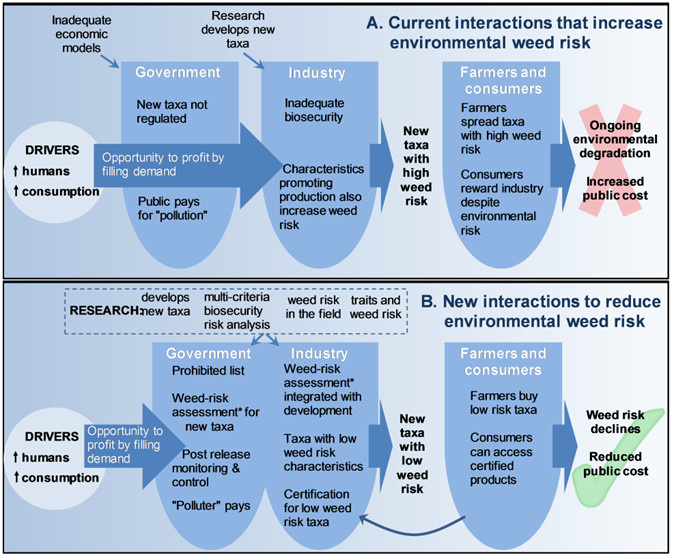C·I·B workshop on the use of functional responses in invasion biology
In recent years there has been a growing interest in the use of functional responses (FRs) as a tool in invasion ecology. A workshop was held that focussed on the current applications of FRs and their future use in understanding, determining and predicting impact of non-native species.





